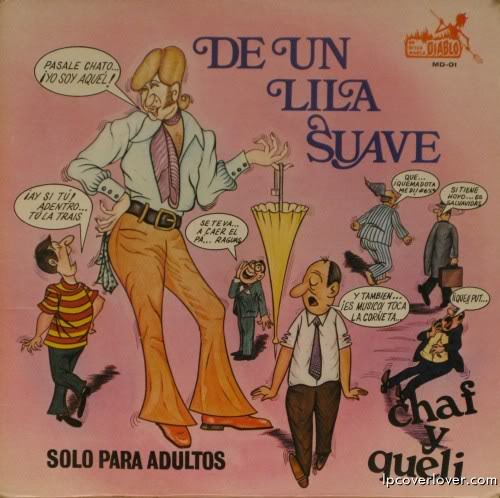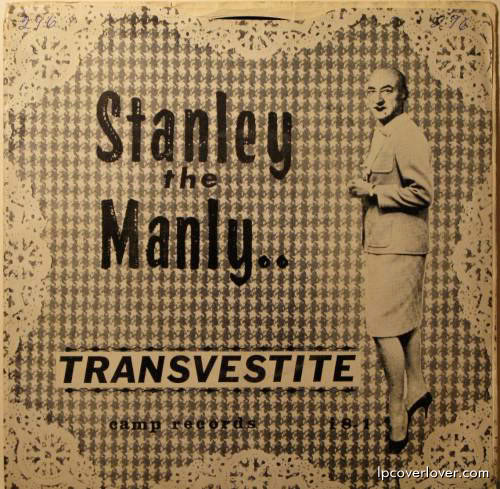
As well as being a beacon of true camp, Billy Haines was a pioneer.
One of the early heart-throbs of the silent movie era, critically acclaimed in movies alongside such stars as Marion Davies and Mary Pickford, the young William Haines had a promising career ahead of him. He successfully transferred to the "talkies" and was one of MGM's "golden boys". Until, that is, his well-known secret came out.
 Billy the heart-throb
Billy the heart-throb
For Billy, being gay was not a problem. He had after all been living happily with a boyfriend (Jimmie Shields) for years, and had been out and gay in Greenwich Village long before moving to Hollywood. However, an unfortunate incident involving a sailor and an arrest in the notorious Los Angeles YMCA came to the attention of studio boss Louis B. Mayer (a man renowned for manipulating the lives of his stars).
Mayer's offer to "marry-off" Billy to avoid a scandal did not appeal, however - and his choice to stand up for his rights as a gay man (very brave in 1933!) cost Mr Haines his movie career.
And that, ladies and gentlemen, is how we got Robert Montgomery! [He was cast in the roles Billy was supposed to take]:

However Billy's story is not a sad one. For despite cutting short his rise to screen stardom, he had charmed many of the glitterati of Tinseltown including Marion Davis and her lover William Randolph Hearst, Joan Crawford, Gloria Swanson, Claudette Colbert, George Burns, Gracie Allen, Kay Francis, Carole Lombard, George Cukor and Charles Boyer.
Thus when he and his lifetime partner Jimmie set up an interior design and antiques business, their client book was indeed a glittering one that included not only fellow movie stars, but also American "royalty" such as the Bloomingdales, Reagans and Annenburgs.
 Jimmie, Billy and Joan
Jimmie, Billy and Joan
Despite a horrible incident when they were queer-bashed by the Klu Klux Klan, the Haines-Shields household remained stable until Billy's death in the 1970s. Indeed, Joan Crawford described them as
"the happiest married couple in Hollywood." Such was their devotion that when Billy went, Jimmie took an overdose next to Billy's body; they were buried together.
Some facts about William Haines:
- He had a pet nickname for Joan Crawford - “Cranberry” - that he coined when the studio changed her name from Lucille Le Seur.
- Gloria Swanson earmarked Mr Haines to star alongside her in Sunset Boulevard, but he declined the offer.
- His most famous line (from the movie Way Out West) occurs when he is mistaken for the cook, Pansy. When called by her name he replies, "I'm the wildest pansy you ever picked!"
Fabulous!
William Haines Designs, the business he and Jimmie founded, continues to this day.



















































